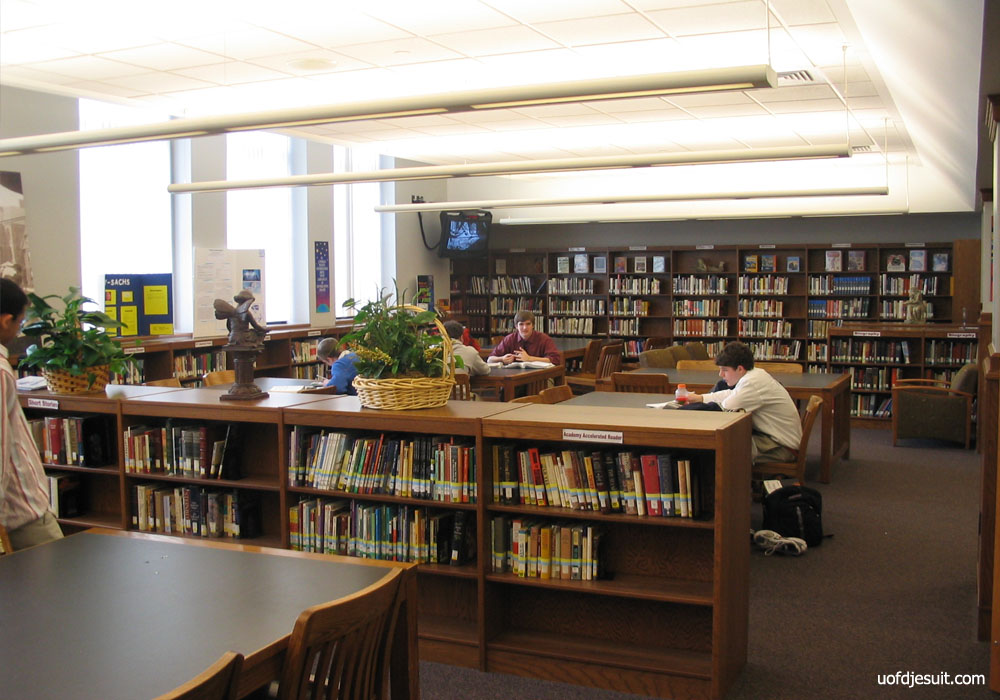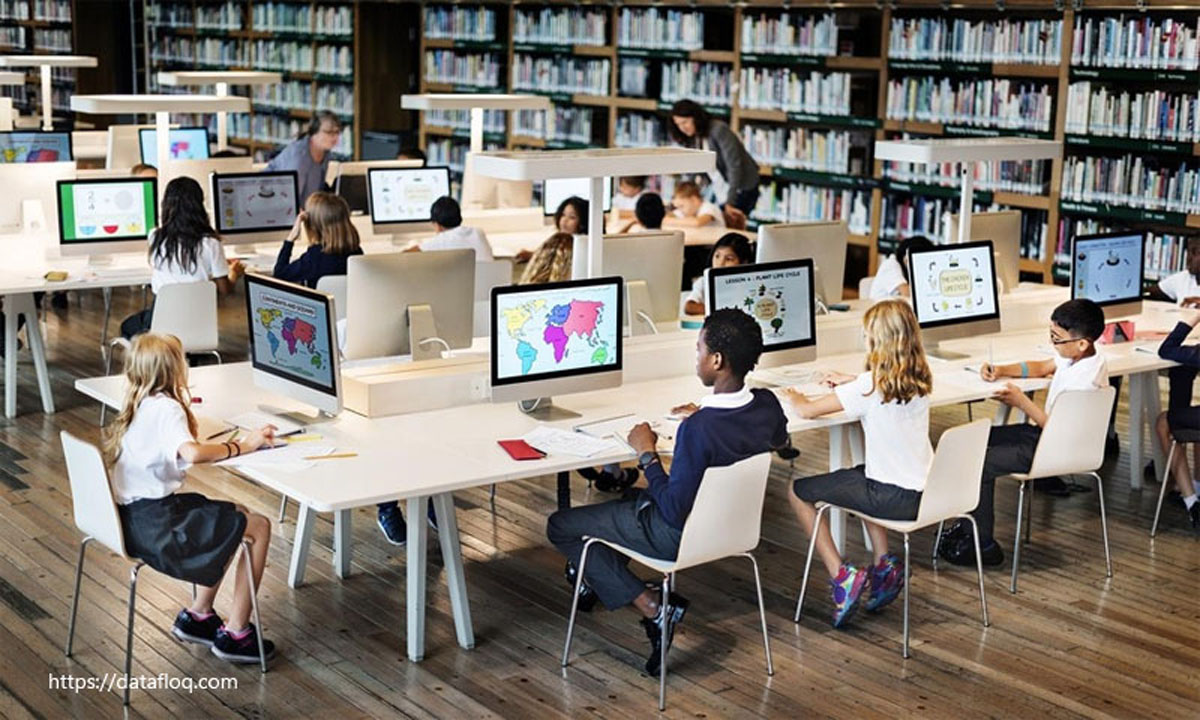6 Measures to Prosperous Special Education Eligibility For your Youngster!
Are you concerned that your youngster may have Asperger’s Syndrome or be on the Autism Spectrum even though special education personnel inside your school district say that they do not? Is your kid struggling academically although college personnel says everything is fine? This article is for you! I will be discussing the 6 Steps to special education eligibility, and how you can prepare for each step to raise your chances that your kid is going to be discovered eligible!
Step 1 is the Request for Evaluation. In line with Notion, 2004 college districts will have to discover, find and evaluate all children with disabilities, below the Child Discover section. You may submit a written request that your child receives a complete psychological evaluation, to ascertain if they have a disability.
It is best to incorporate any details that support your case that your child features a disability. Outside evaluations, healthcare reports, district, and state-wide standardized testing, teacher comments, etc. Also within your request, mention all places that you simply consider your youngster may have a disability in since schools have to test in all places of suspected disability.
Step 2 may be the choice by the college district irrespective of whether they are going to test your kid; that is generally accomplished at a meeting involving parents and school personnel. You need to stand up for the child at this meeting and certainly insist that your child be tested in all regions of suspected disability.
Step 3 may be the consent to evaluate. In the event the school agrees to evaluate your child You need to sign a consent type for this testing. Concept 2004 demands that parents give informed consent. What does this mean? This implies that you recognize what tests are going to become offered and in what … Continue reading >>>
















